The Ins and Outs of Chemical Peels
September 16, 2013 4:56 pmEvery year, millions of chemical peels are performed with excellent, reliable results and because we are right at the beginning of “peel season” I’m dedicating this blog post to a thorough discussion of chemical peels. So let’s get started!
A Brief History of Chemical Peels
Chemical peels have been used for at least two thousand years. Chemical peeling (also called chemical exfoliation) involves the application of a chemical solution to the surface of the skin in order to carefully remove its outermost layers revealing the fresher, healthier layers below. According to historians, Cleopatra used fermented goat’s milk (lactic acid) as a peel to lighten and even out her skin tone.
Today, scientists have identified a variety of acids which can be used in varying depths and combinations to bring beneficial changes for our skin; a few of acids we’ll talk about are lactic, glycolic, salicylic, Jessner, and trichloroacetic acid (TCA).
What is a Chemical Peel?
Medical Estheticians today have a wide array of peels to work with and generally stay within the “superficial to medium depth” range. These types of peels provide excellent cellular turnover and help with fines lines/wrinkles, sun damage, roughness, scarring, and issues of inconsistent texture. The amount of skin removed depends on the type of chemical used, the strength of the product, and how long the product is left on the skin. Peels can be used on most areas of the body, but are commonly used on the face and backs of the hands.
The ingredients are categorized by their strength: Alpha hydroxyl acid (AHA) peels consist of lactic, fruit, or glycolic acids and are the mildest of the formulations. Beta Hydroxy Acid (BHA) peels consist of salicylic acid made from willow bark (also found in aspirin). Trichloracetic acid (TCA) peels create a medium-depth peeling action.
AHA – Superficial Peels
These peels are fairly gentle and a great place to start. AHA peels, such as lactic and glycolic, are excellent for acne (and acne scarring), mild oil production, enlarged pores, and blackheads. AHA peels are also designed to boost collagen and elastin production which will address firmness and fine lines.
Downtime for this type of peel is minimal (2-3 days of peeling). Below is an image of a client who received a Glycolic Peel:
BHA – Medium Peels
This type of peel consists mainly of Salicylic acid, naturally derived acid created from sweet birch, willow bark, and wintergreen. Salicylic peels are used for skin that is more oily or acne prone and has anti-inflammatory properties as well. This peel penetrates the skin easily and acts to dissolve and remove the oil deep inside the pores eventually encouraging the sebaceous gland to slow its oil production. Salicylic peels are very safe, a bit more intensive than an AHA peel, and result in a fresh, healthy epidermis that is smoother, less oily, and more even regarding pigmentation.
Downtime for this type of peel is minimal to medium (2-4 days of peeling). Below is a client who received a Salicylic Peel with Lactic:
Jessner Peel
A Jessner peel is a combination of both AHA and BHA. A Jessner peel dissolves the top outermost layer of skin and provides a smoother, softer appearance to the skin reducing fine lines and wrinkles. You can expect a bit of heavy peeling from this treatment and should see flaking for 2-3 days. Because of this many clients prefer to do this peel when they have a free weekend to avoid the sun and stay indoors. Below is a client who received a Jessner Peel:
TCA – Medium Peels
Trichloracetic acid (TCA) is the most aggressive peel and is designed to treat excessively oily skin, significant wrinkling, and serious hyperpigmentation/hormonal pigmentation issues such as melasma or stubborn sun damage. This peel very easily penetrates into the deeper areas of the skin and results in excellent skin/cell turnover and heavy peeling with flaking/peeling lasting for 3-5 days. Because of this many clients prefer to do this peel when they have a free weekend to avoid the sun and stay indoors.
Downtime for this peel is medium (4-7 days). Below is a client who received a series of TCA and Lactic Peels:
The Green Peel
In contrast to other chemical based exfoliation peels, this treatment does not contain any chemicals or synthetic agents. The Green Peel consists of a special blend of plant and natural herbs including Russian nettles mixed with hydrating and lightening agents.
The Green Peel is perfectly safe and has no side effects, but gives a really deep, amazing exfoliation though friction-based manipulation of the skin. This friction stimulates blood circulation and intensifies your bodies own natural metabolism and you end up with healthy, more youthful-looking skin.
Downtime for this peel is 2-3 days.
Now that we know a little more about which peels do what let’s look at a few general peel questions:
Are chemical peels painful?
Generally speaking, a light to medium depth chemical peel is not painful. Most patients experience a warm to somewhat hot sensation that lasts for two to five minutes. This may be followed by a mild stinging sensation. A deeper chemical peel sometimes feels as if you have hot sauce on your face, but again it is brief and tolerable. At 360 Skin we provide individual fans to ensure your peel is as comfortable as possible.
What Should You Expect After a Chemical Peel?
After the procedure, you will generally experience several stages of healing until the skin finishes peeling. Each peel varies from person to person with regards to how much and how long the skin will peel. The process can take anywhere from 2 days to 1 week. Generally, this is a typical peel:
Day 1: The skin feels warm, like a mild sun-burn and your skin may feel a bit tight.
Day 2: Your skin may feel tight and dry.
Day 3: The skin feels dry and possibly dehydrated. Your skin may begin to flake.
Day 4: Your peel will continue.
Day 5: Your peeling will begin to slow down.
Day 6 and 7: Your skin should finish the peeling and feel soft, fresher, and more youthful.
Here is a general visual of what “peeling” looks like (keep in mind this client should have been hydrating more, but her skin is still decently hydrated):
Where to Start and How to Decide on a Particular Peel?
After having seen all the peels that are available, it can be a little overwhelming to decide which one to choose. At 360 Skin we encourage our clients to prepare for their journey by first stopping in for our Repair Facial, a deep cleaning facial with extractions. This would be done one week before the peel and will make sure the skin has been thoroughly cleaned, assessed, and we ensure that your pores are free of oil, debris, bacteria, and sebum. At this visit we will discuss your goals and do a quick “patch test” to make sure that you are not allergic to any of the peel ingredients.
We encourage our clients to utilize proper “at-home” care for the duration of their peel to get the best possible results. Our preference is that clients OVER hydrate their skin before, during, and after the peeling process so as to “feed” the skin that is vulnerable and new. With a Peel Series a Post-Peel kit is provided, free of charge.
So there you have it! It’s now the beginning of Fall, the perfect time to start a series of peels and make sure you look your best for the Holidays.
At 360 Skin we’re here to answer any and all questions you may have and help you decide on which peel(s) will help you achieve your skincare goals.
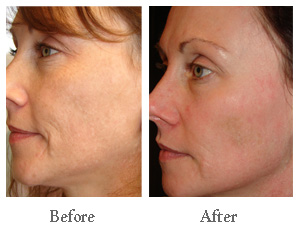
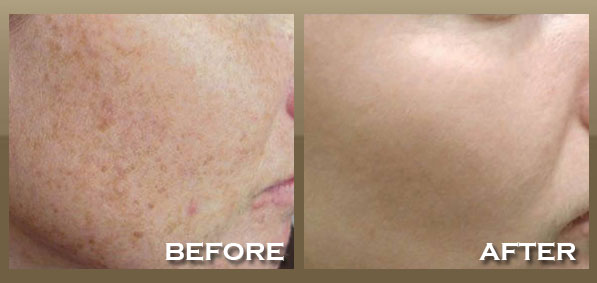
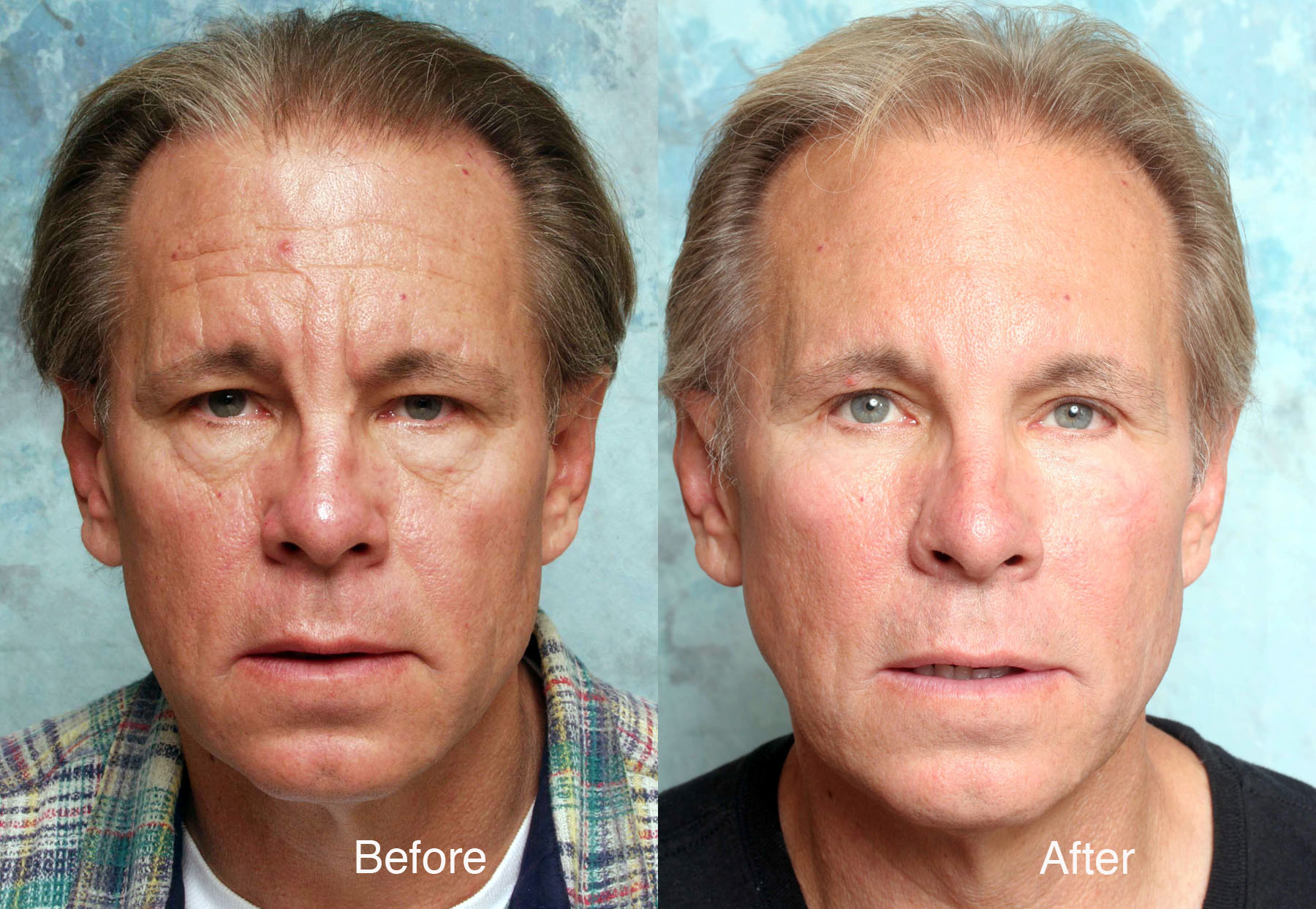
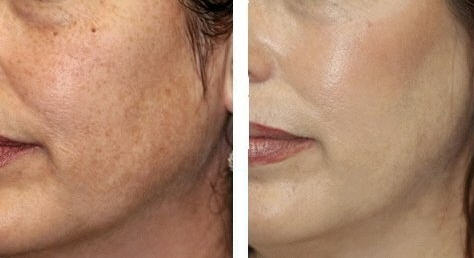
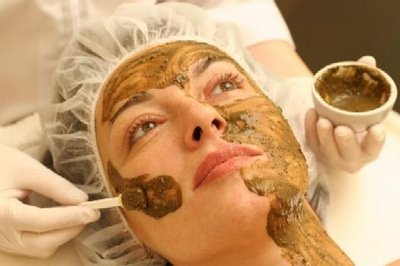
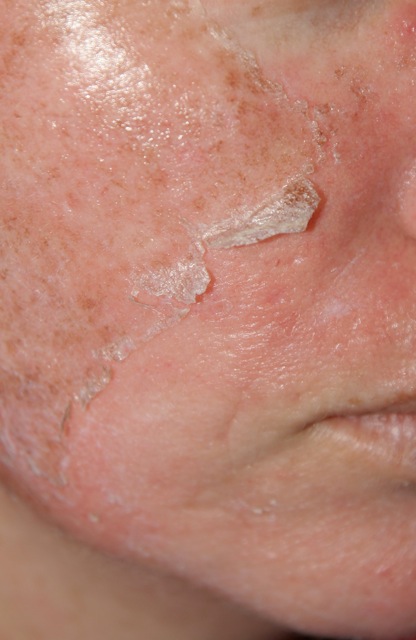
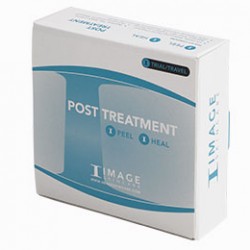

Hello,
I’m from Toronto and at 26 I am considering making a change into the medical esthetics field because I took think more men can help in this industry and I have a passion for skin care and more so on the anti-aging side. I don’t know if I can ask but do you think being male is it becoming more accepting Brandon there is not a lot online about people’s experiences in esthetics school and I fear not being able to find work even with professionalism which is why I want to own my own business too in future
Hope you can provide some insight on your experience.
Thank you
Jay from Toronto
Hi Jay,
Thanks SO much for the comment. I do think that men are becoming more and more accepted in the field, but having said that even here in San Francisco we are a very small minority. I think it’s best if you decide to go into this field to do everything in your power to carve out your own niche…for a few reasons. Tailoring your skill set to a particular bend of esthetics is probably going to help you the most int he end.
I work on the advanced side of esthetics and don’t do a lot of “feel good/relaxing” facials. I mainly work to correct issues the client has. Another is I only do waxing on male clients; there are SO many places that cater to women and almost none that have a focus on men, so I went the male waxing route and it’s been a very, very good idea.
I think owning your own business, while much more expensive to start-up, is where you will be most fulfilled career-wise and ultimately make the most money. The vast majority of spas in SF start their new hires off at minimum wage plus tips (roughly $11/hr + tips). Invest in yourself.
Finally, continue your post-graduate education! Once you graduate and pass your boards THIS is when you start to learn. School is mainly there to help you pass your boards; you are required to do the rest. I write my blog as an educational outreach for my clients, but also to help explain issues to myself so that I am better versed at speaking on these topics and understand them as well as possible. Research, read, write, and learn.
I wish you the absolute best and please keep in contact. Anyway I can help, I’m happy to.
All my best,
Brandon Doyle
360skin.com